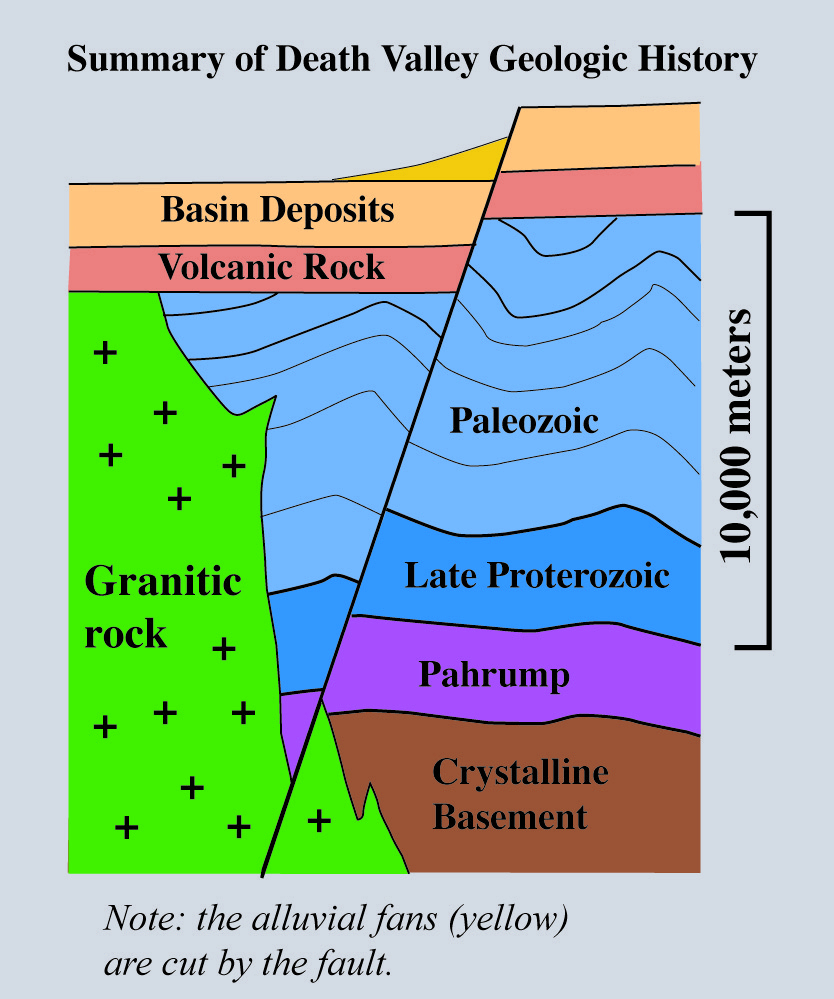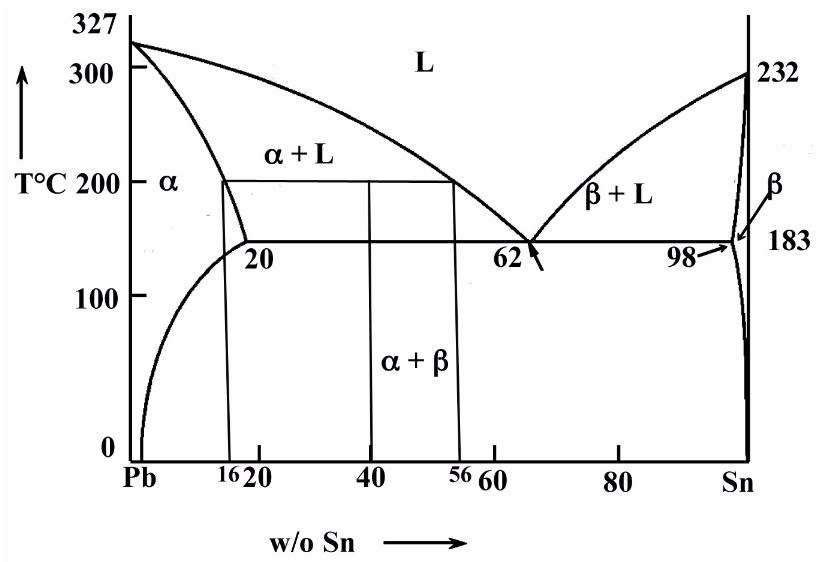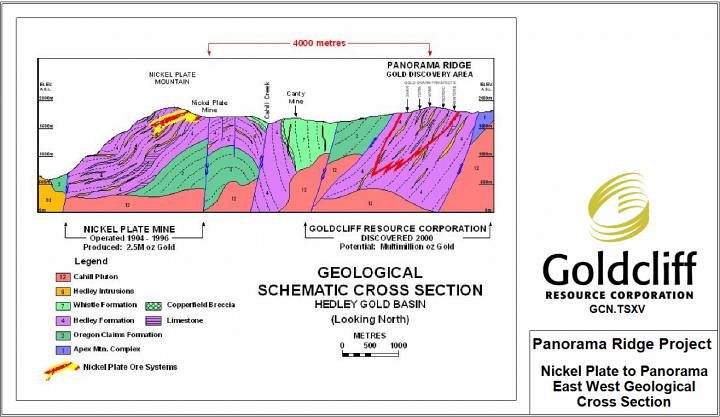

These lines are projected out to the left and bottom sides of the triangle, and the percent scale for B laid out along the left side.
#PHASE DIAGRAMS GEOLOGY SERIES#
The right side of the triangle now becomes the base line for the percent scale for B, and a series of red lines have been drawn parallel to the triangle's right side to mark off the percentages. We construct a percent abundance scale for B by rotating the heavy red scale line 120 degrees counter clock wise so that it runs from the right side of the triangle to the lower left corner. Point B is at the lower left apex of the triangle. In the final ternary diagram the red vertical arrow is removed. To be complete the hoirizontal lines also extend to the left until they contact the left side of the imaginary triangle, but no percent abundances are written there. By doing this the right side of the triangle becomes the scale for percent abundance of A. The lines are projected out to the right of the red arrow line just as far as where the imaginary side of the triangle will be, and their percentage abundances written along the right side of the triangle. The horizontal lines that represent various percents of A can be of any length since they run parallel to the base line and remain the same distance from the bottom and top of the triangle. Any other percentage can be indicated by a line appropriately located along the line between 0% and 100%, as shown by the numbers off to the right. A horizontal bar at the bottom of the line (farthest from A) represents 0% of A. A point plotted at the top of the vertical line nearest A indicates 100% A. Along this line is indicated percent of A. Point A is at the top of the heavy vertical red line (arrow).

The drawing to the left has only the skeleton of the triangle present as we concentrate on point A. We are going to take the diagram apart to see how it works. For the moment they are labeled A, B, and C. Intersection of the lines gives compositions C 1 and C 2 as shown.įraction of solid β = (65 - 58) / (92 - 58) = 20 weight%įraction of liquid = (92 - 65) / (92 - 58) = 80 weight%įraction of solid β = (65 - 48) / (87 - 48) = 44 weight%.Īs the alloy is cooled, more solid β phase forms.Īt point 4, the remainder of the liquid becomes a eutectic phase of α+ β andįraction of eutectic = 56 weight% Point 5įraction of solid β = (65 - 9) / (91 - 9) = 68 weight%įraction of solid α = (91 - 65) / (91 - 9) = 32 weight%.A ternary diagram is a triangle, with each of the three apexes representing a composition, such as sandstone, shale, and limestone. A tie-line is a horizontal (i.e., constant-temperature) line through the chosen point, which intersects the phase boundary lines on either side.Ī tie-line is drawn through the point, and the lever rule is applied to identify the proportions of phases present. The green dashed line below is an example of a tie-line. Phase β first forms with a composition of 96 weight% B. The proportions of the phases present are determined by the weights needed to balance the system.Īt point 1 the alloy is completely liquid, with a composition C.Īt point 2 the alloy has cooled as far as the liquidus, and solid phase β starts to form. The composition of the alloy is represented by the fulcrum, and the compositions of the two phases by the ends of a bar. The lever rule can be explained by considering a simple balance.

If an alloy consists of more than one phase, the amount of each phase present can be found by applying the lever rule to the phase diagram.


 0 kommentar(er)
0 kommentar(er)
